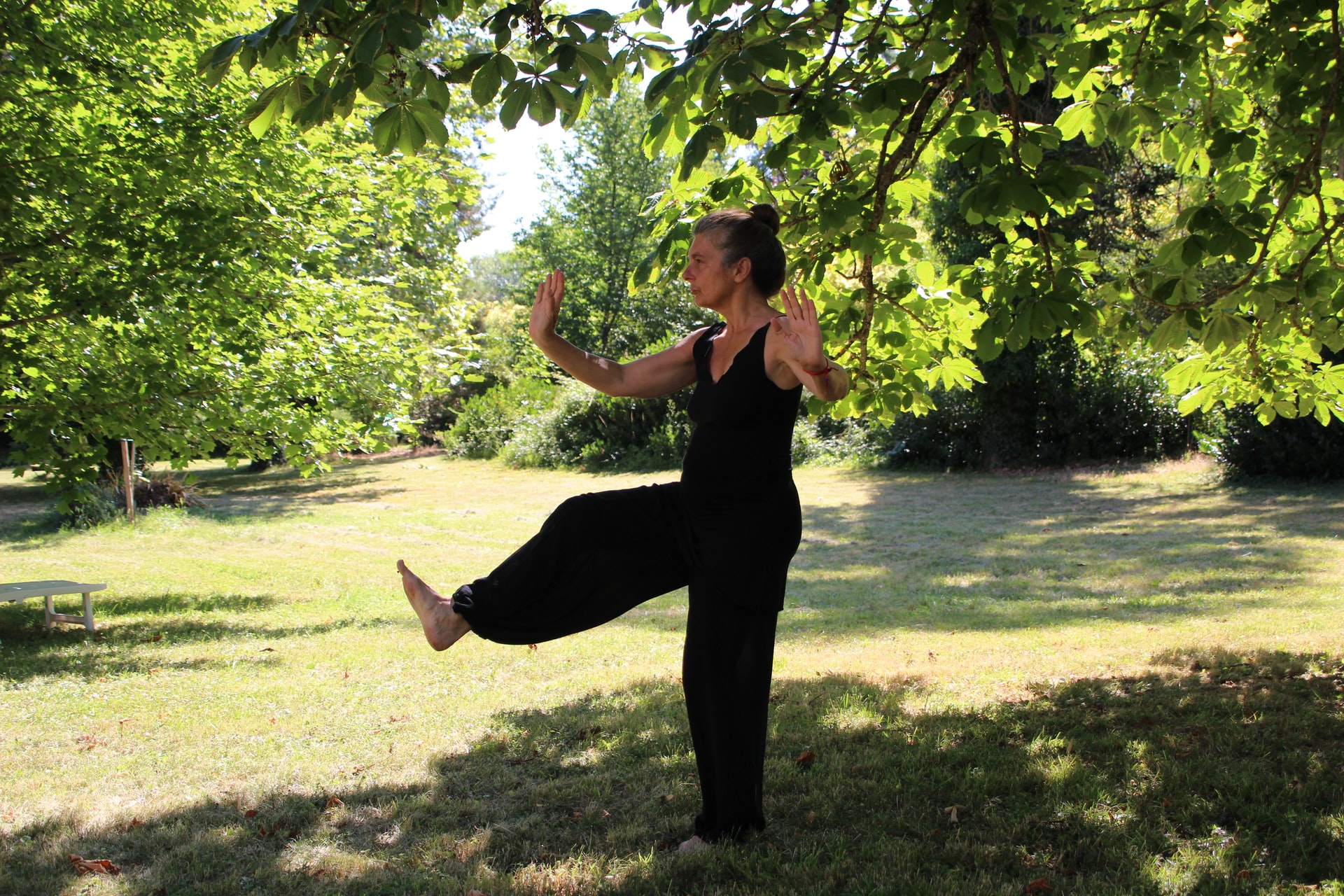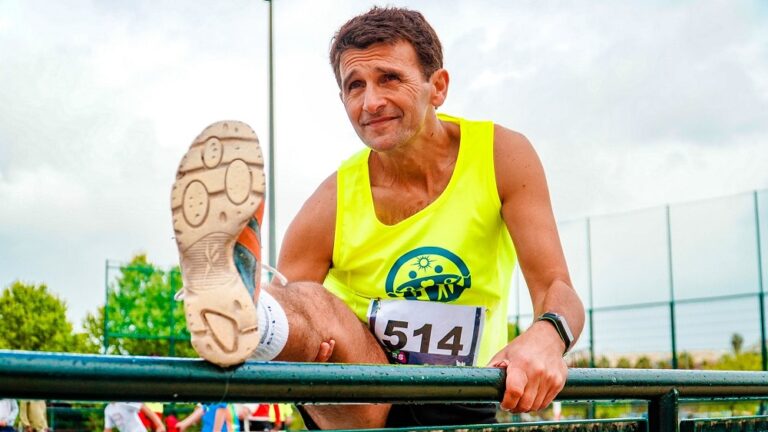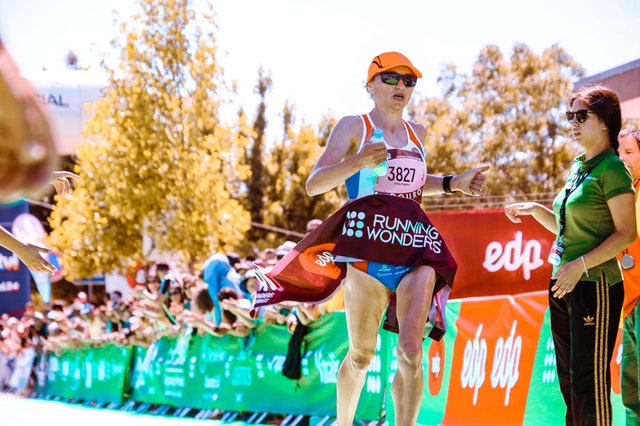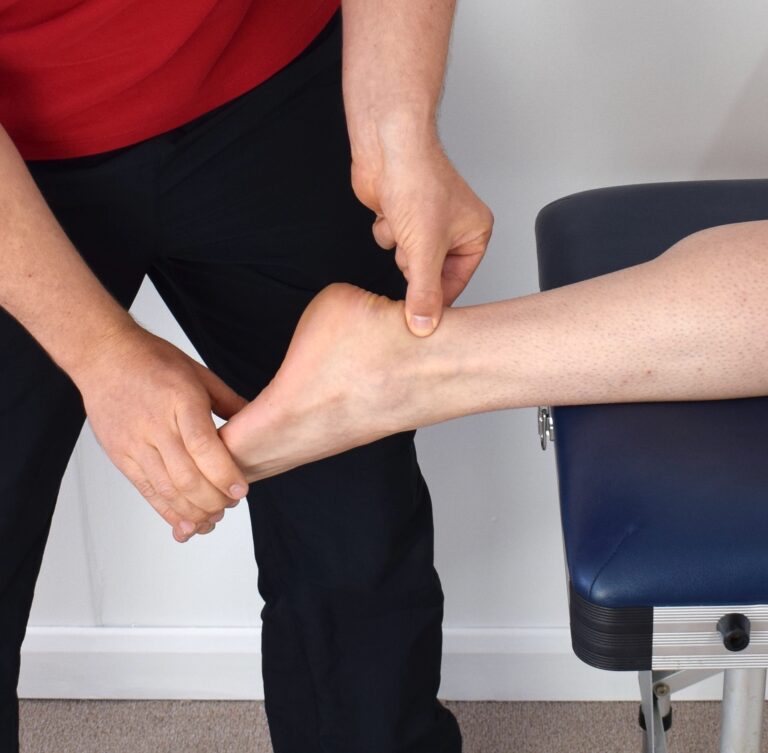Exercise is king, nutrition is queen: how to combat osteosarcopenia
In his latest Bow Valley Crag & Canyon article, Dr. Andy Reed, Banff Sport Medicine Physician, discusses the importance of exercise and nutrition for older adults.
A couple of startling statistics.
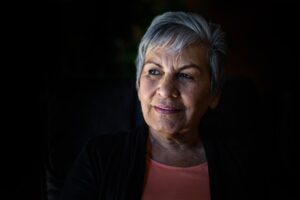
If an older adult (over 65) suffers a hip fracture in a fall, 1 in 3 will die within a year (Australian data).
In Canada, as a female, you are more likely to die from the complications of a hip fracture than from breast cancer.
The vast majority of hip fractures are not caused by high speed crashes on the ski hill as you might expect, but rather by slips in the home or on the street caused by an inadvertent trip.
Hip fractures, and falls, it appears, are a big deal.
If you’ve had a friend or relative admitted to extended care or a long term care unit, there is a fairly high likelihood that they may have been admitted due to falls, amongst other reasons. Hip fracture is the most devastating of the common injuries caused by falls in the over 65s; and these are not just any old fracture.
These are life changing injuries. As the population ages, falls and fractures will become an even bigger problem, and the costs to healthcare could be overwhelming.
The underlying condition causing falls and fractures in older individuals is known as osteosarcopenia – a syndrome describing the co-existence of osteoporosis and sarcopenia.
Osteoporosis (or osteopenia) is the age related loss of bone mass and bone density. It causes fragility or brittleness of our bones, and predisposes us to fractures if we fall.
Sarcopenia is to muscle what osteoporosis is to bone. It refers to weakening and loss of muscle mass, and it is a risk factor for falls. If our skeletal muscles are weak, particularly in the lower limb, we are more likely to fall if we trip or slip.
Osteosarcopenia refers to the combination of weak or declining muscle mass, combined with brittle bones. It’s a potentially deadly combination.
What causes osteosarcopenia?
So what causes this age related decline in our bone and muscle quality?
Well firstly, aging itself is a risk factor for the development of weaker bones and muscles. By age 80, it is common to have lost as much as 50 per cent of your peak bone density.
After the third decade of life, muscle mass and strength are also on a gradual decline. From our mid 30s we lose around 1 per cent of our muscle mass, and 2-3 per cent of our muscle strength per year!
After the 4th or 5th decade, we see an acceleration in this decline, largely due to inactivity. Weight gain and inactivity leads to fatty infiltration of our bones and muscles, which reduces their strength. Declining sex hormone activity – testosterone and estrogen – compound the loss of bone and muscle mass. Stress and lack of sleep add to this hormonal disruption, affecting testosterone which has a dramatic effects on bone strength in particular.
It turns out that physical inactivity is a huge risk factor for the loss of bone mass and muscle mass/strength, independent of aging.
Hospitalisations due to age-related illnesses, and being bed bound for only a few days can cause a rapid loss of strength, which can be tough to regain.
How to prevent osteosarcopenia
Weight bearing activity and resistance exercises
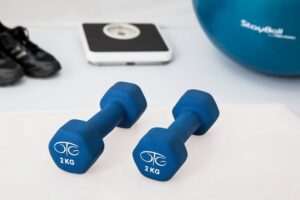
The best way to maintain muscle strength and bone density is to be active. Weight bearing activity and resistance exercises are best.
You don’t have to be pumping iron in the gym, as simple body weight resistance exercises – air squats, push-ups, pull-ups etc – are all effective.
These can be done easily at home daily, and if you enjoy the gym, 30 minutes twice a week lifting a few weights will go a long way to preventing osteosarcopenia.
If you have read any of my prior columns you will know what a fan I am of resistance training. If you are over 40, I don’t think that there is any doubt you should be lifting weights. Quality of life, injury risk and overall wellbeing will all be improved.
Nutrition
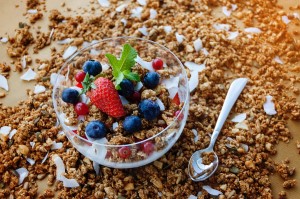
Unfortunately aging adults often have poor nutrition.
The ‘tea and toast’ diet is all too prevalent in our society.
It saddens me to say that institutionalized or hospitalized adults often have an incredibly poor nutritional status, especially with respect to protein intake, and adequate protein consumption is vital for optimal bone and muscle health. Of all the nutritional interventions that can have an impact on osteosarcopenia, adequate protein consumption is number one.
Unfortunately, the RDA (recommended daily allowance) for protein is hopelessly inadequate in most parts of the world, typically averaging around 0.8g/kg.
Aging muscles, for some reason, seem to become resistant to protein, and higher amounts are needed in order to preserve muscle mass as we age

Most experts in this field would recommend about double the RDA for the over 65s. And if you are very active, I would aim for closer to 2g/kg daily. Animal source protein seems to be the most effective, with lean meat and dairy being the most readily available sources of protein. A large glass of milk consumed after exercise is a great idea. Real food is always my first suggestion, but if adequate intake is difficult, whey protein supplements are a great option. The effects of exercise and nutrition are additive, so clearly you should aim to address both.
On the topic of supplements, I would also recommend a daily vitamin D supplement of 1000iu daily. Not only is Vitamin D important for bone health, but studies have shown that in long term care residents, vitamin D can help to prevent falls. I would also recommend that you consider using the supplement Creatine monohydrate, 3-5g daily. It’s cheap, widely available, very safe and there is emerging evidence that creatine has a host of other benefits in addition to it’s effects on muscle mass and strength. But remember, supplements do not trump exercise and diet in this field!
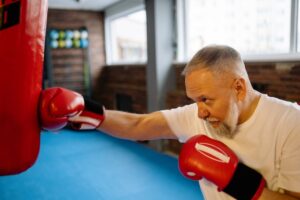
So to summarize! If you are looking to avoid falls and fractures as you age, ensure that you exercise daily! Loading your bones and joints through weight bearing exercise or weight lifting is best. Walk, jog, ski and lift heavy things regularly! Exercise really is king here, and an incredible panacea.
Track your protein consumption for a day or two. Aim for around 1.5g/kg per day. If you aren’t reaching the recommended amounts, look to increase your intake primarily through diet, but also consider a whey powder supplement. Nutrition is certainly queen in this arena.
And lastly, take Vitamin D 1000iu daily, and consider a daily dose of creatine monohydrate.
Expert Contributor

Dr Andy Reed, Banff Sport Medicine Physician

